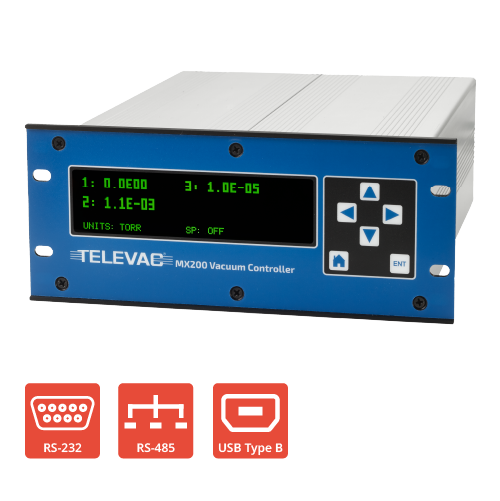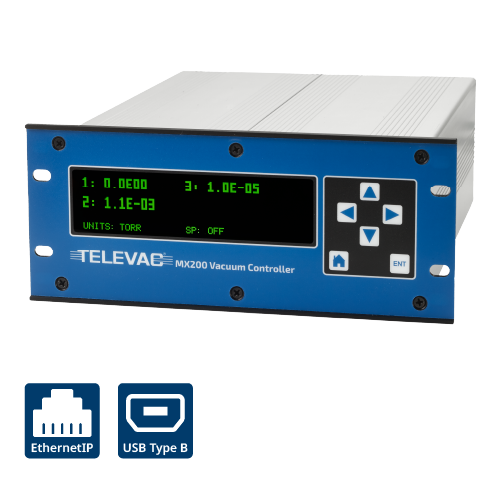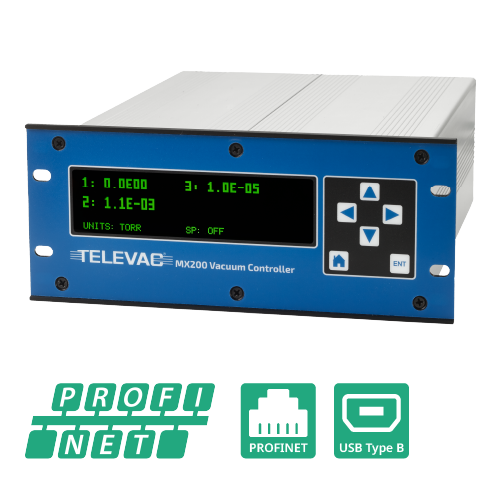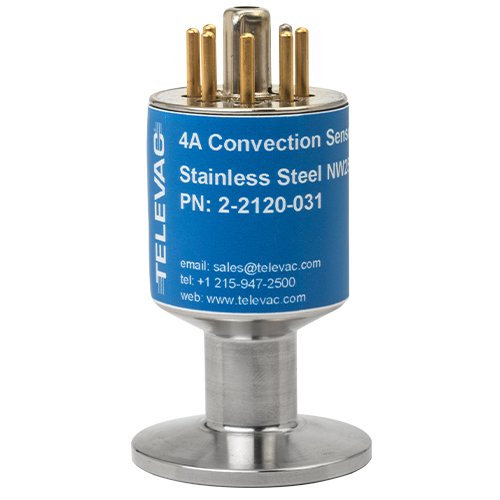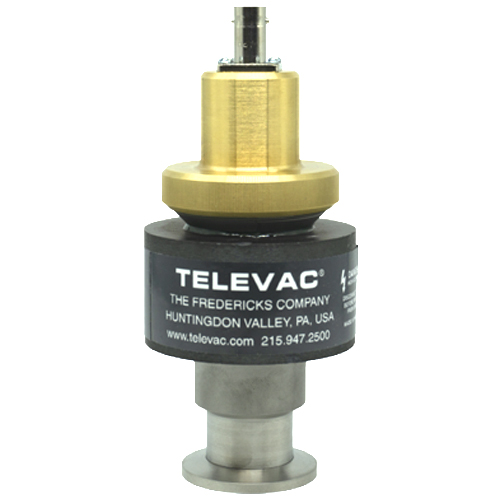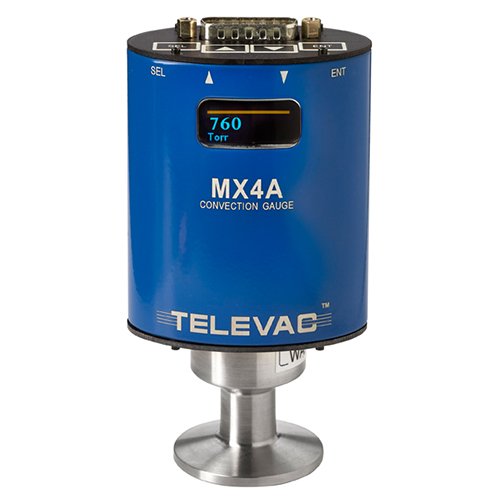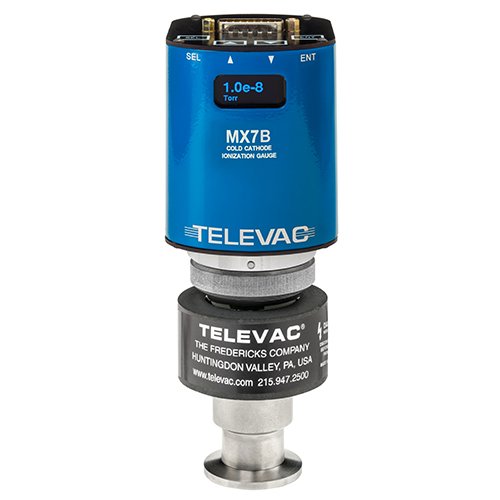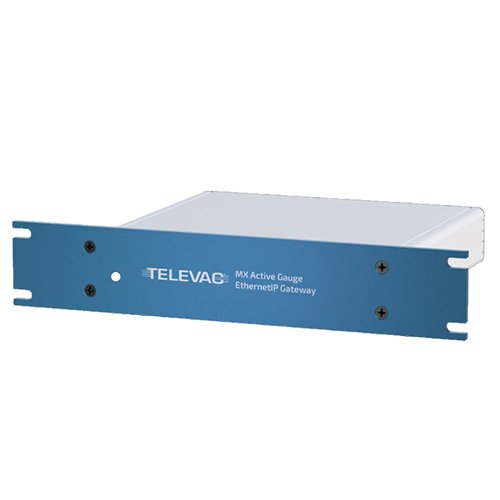A thin film is considered a layer on a surface which ranges in thickness from fractions of a nanometer (10-9 meters) to micrometers (10-6 meters) and there are two main methods used for thin film coating in vacuum. The first is PVD or physical vapor deposition and the second is CVD or chemical vapor deposition. PVD involves the physical movement of particles, whereas CVD involves a chemical reaction. Note that there are many other types and subsets of thin film deposition, but PVD and CVD are the only two discussed in this article.
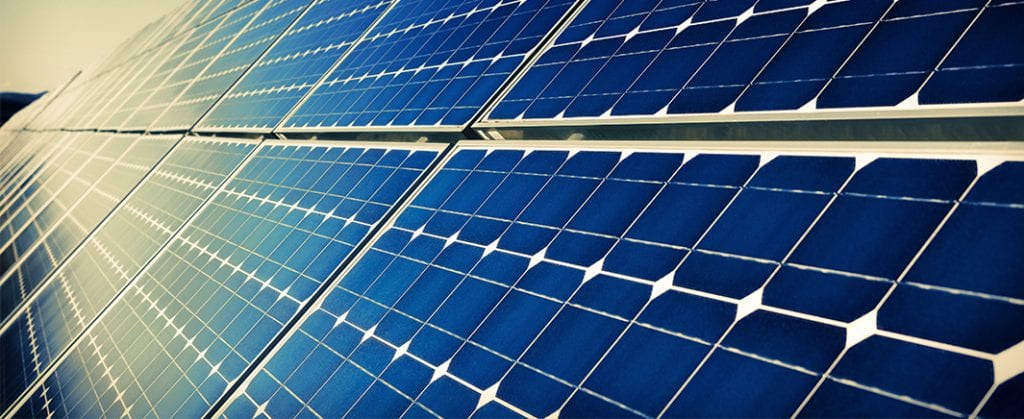
With PVD, there are two primary methods; evaporation and sputtering. Evaporation and sputtering are often done under vacuum, the reason being that as pressure decreases (or as the system goes deeper in vacuum), the vapor pressure (pressure at which the substance changes from a solid/liquid to a gas) decreases, so lower temperatures can be used. This helps prevent any negative effects of high temperatures on the object being coated. Additionally, removing atmosphere for PVD allows the evaporated material a more direct path to the object that’s being coated.
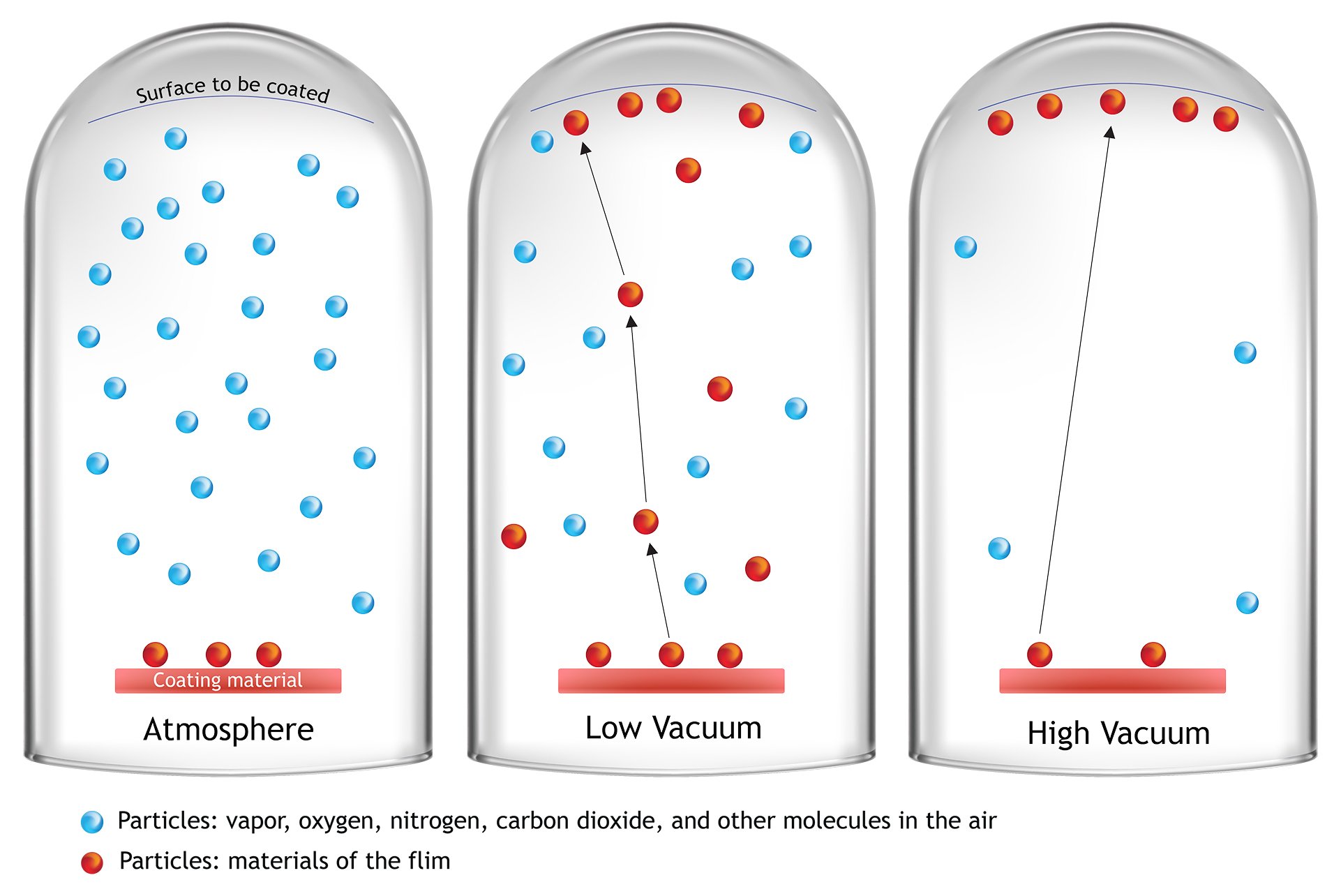
As you can see from Chart A and Chart B below, evaporation is fairly straightforward. The chamber is evacuated and heat is applied and the film material is evaporated onto the object. Sputtering is slightly more complex, with a potential difference applied between the vacuum chamber and the coating material. Inert gas, like argon, is then added to the chamber which causes an electric discharge, dispersing the coating material onto the object.
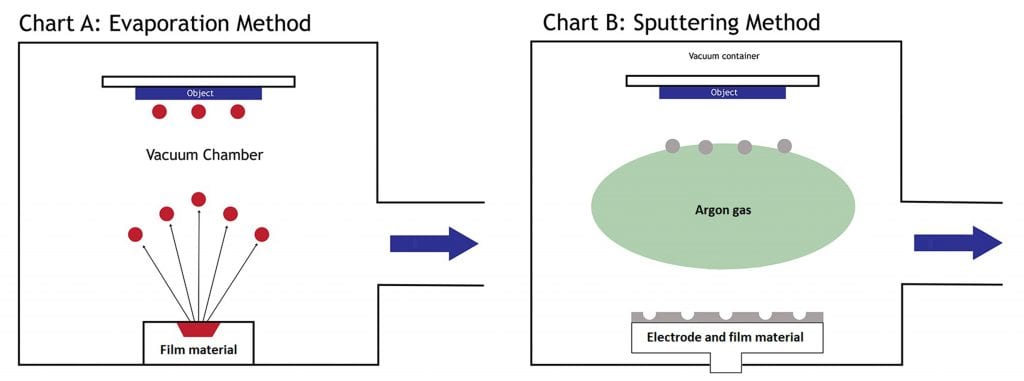
CVD processes involve using one material to react with or decompose another material on the object being coated. This is typically activated by heat, but can also use light or plasma as a catalyst in certain cases. Because of this, CVD processes tend to run at much higher temperatures, which can be problematic depending on the object that’s being coated.
Thin film deposition has a variety of applications including:
Semiconductor manufacturing, solar panels, batteries, electrically operating coatings, product finishing such as decorative coatings, optical coatings, or protective coatings.
So which Televac® products are useful for thin film deposition? The first is the MX200 vacuum controller with a 4A/7B vacuum gauge combination. This will give vacuum measurement from atmosphere (1000 Torr) down to 10-7 Torr. The sensors are connected to the controller with cables, allowing for a remote display, and many analog and digital communication options are available including analog 0 to 10 V DC, EthernetIP, RS-232/RS-485, and USB.
Another option is to take the route of using active gauges. With active gauges the control electronics are mounted directly on the sensing element, and in this case we’d use at least two active gauges; the MX4A thermocouple vacuum gauge for measurement from atmosphere (1000 Torr) to 10-3 Torr, and the MX7B cold cathode vacuum gauge for measurement from 10-3 Torr to 10-8 Torr. Similar output options are available of analog 0 to 10 V DC, EthernetIP, PROFINET, and RS-485. Note that many active gauges can be chained together and various gauges can be used to achieve different ranges of measurement than what’s outlined in this article.
Note that this article is closely tied to our article about semiconductor manufacturing as thin film processes are used for semiconductor manufacturing.
Vacuum Controller Solutions
MX200
1*10-11 Torr to 10,000 Torr
MX200 EthernetIP
1*10-11 Torr to 10,000 Torr
MX200 PROFINET
1*10-11 Torr to 10,000 Torr
4A Convection (Pirani)
1*10-4 Torr to 1000 Torr
Active Vacuum Gauge Solutions
MX4A Convection (Pirani)
1*10-4 Torr to 1000 Torr
MX7B Cold Cathode
1*10-8 Torr to 1*10-3 Torr
MX Active Gauge EthernetIP Gateway
5*10-11 Torr to 10,000 Torr






